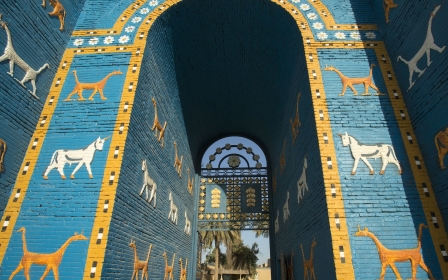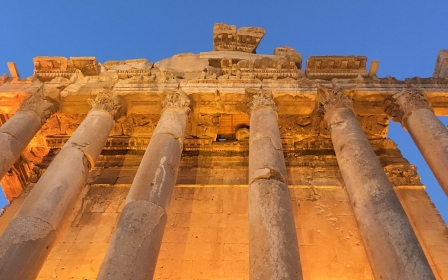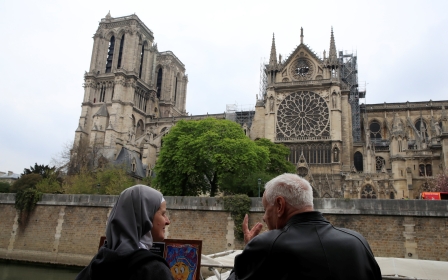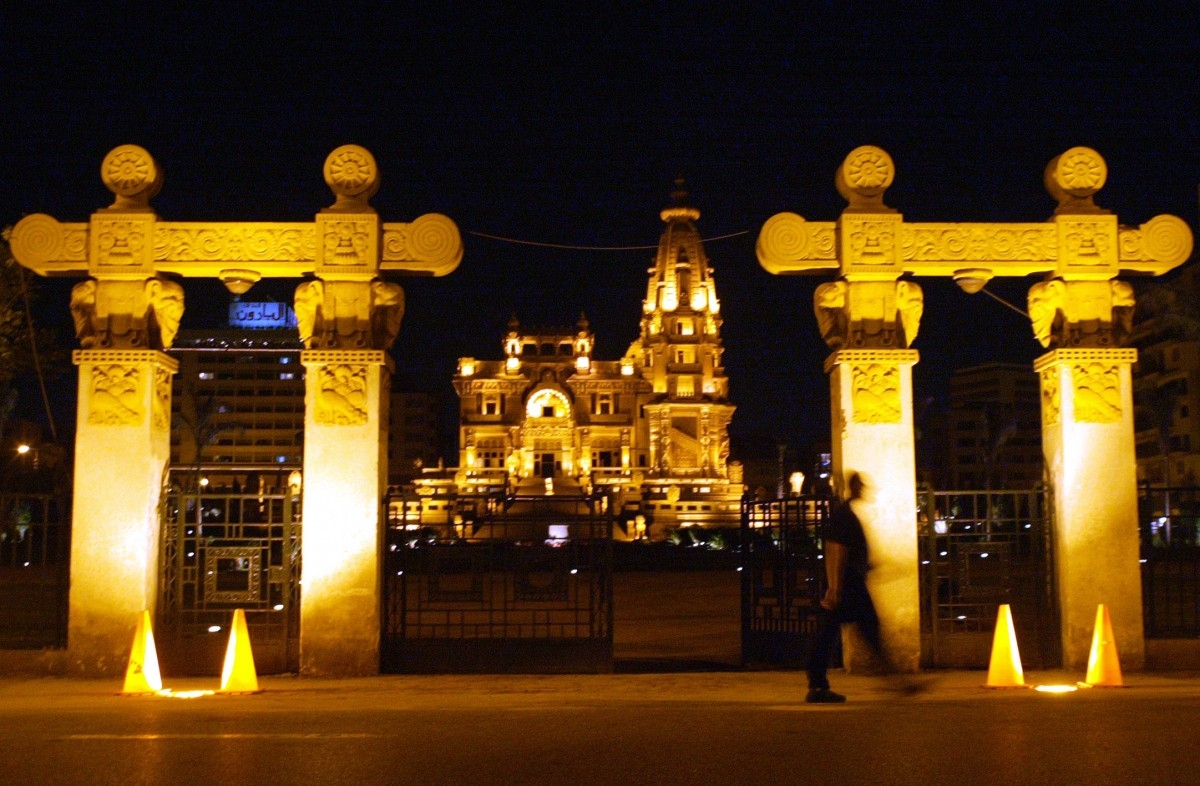
In pictures: Myths and legends laid to rest as historic Egypt palace finally opens

Since it reopened on 30 June, visitors have been flocking to Egypt’s Heliopolis district in Cairo for the chance to finally enter the iconic Baron Empain Palace, now also a museum of local heritage. The Hindu temple-inspired palace had fallen into a state of disrepair until mid-2017 when the Egyptian government initiated its $10.9m restoration. (Salwa Samir)
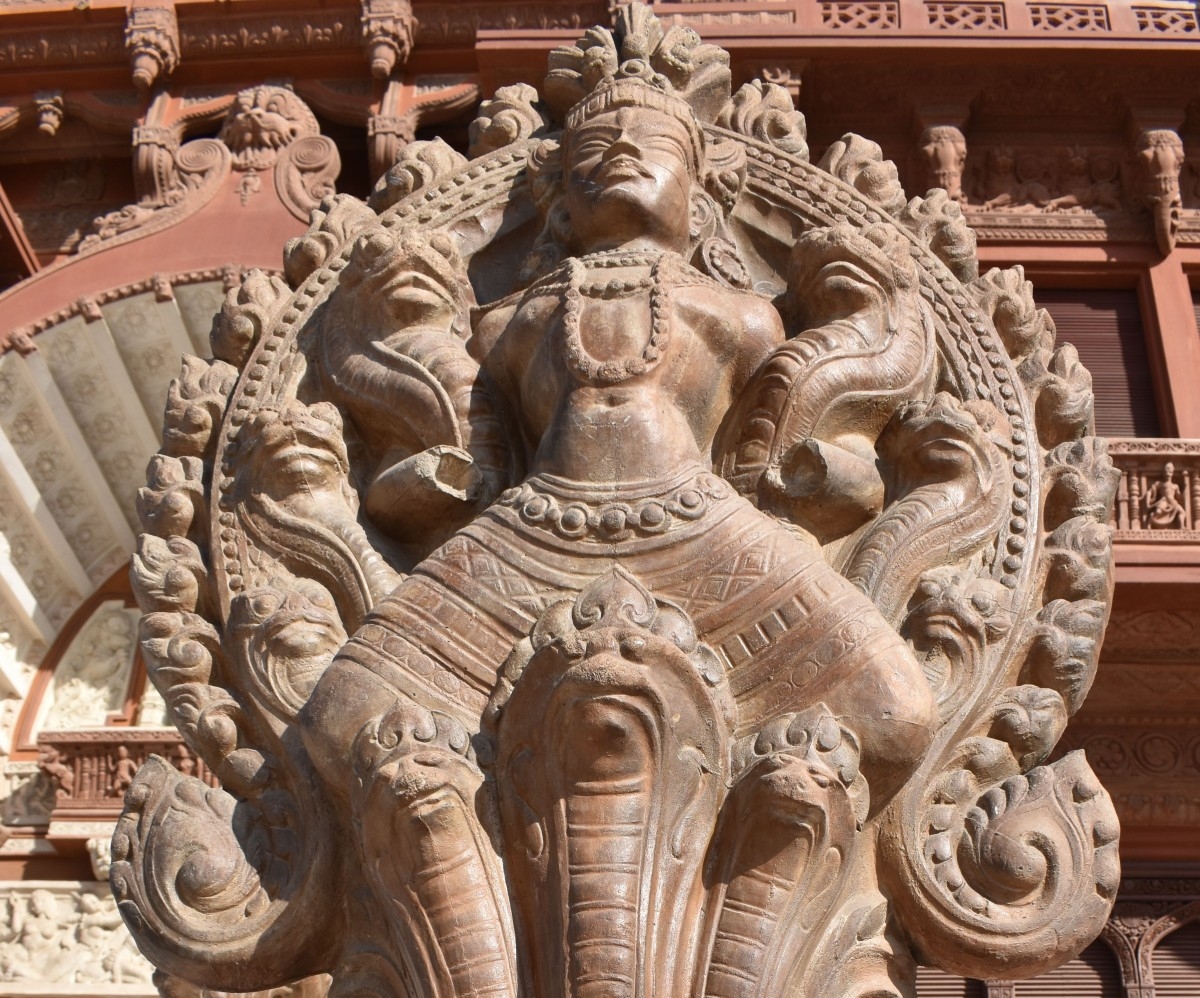
The palace was built between 1907-1911 by Belgian industrialist Baron Edouard Empain (1852-1929), and would become his home. One of its unique features is its blend of Beaux-Arts architecture - which draws on centuries of European tradition - and its striking Indian and Khmer designs. Modelled on the Angkor Wat temple in Cambodia and India’s Hindu temples of Odisha, over the years the building became a landmark. (Salwa Samir)
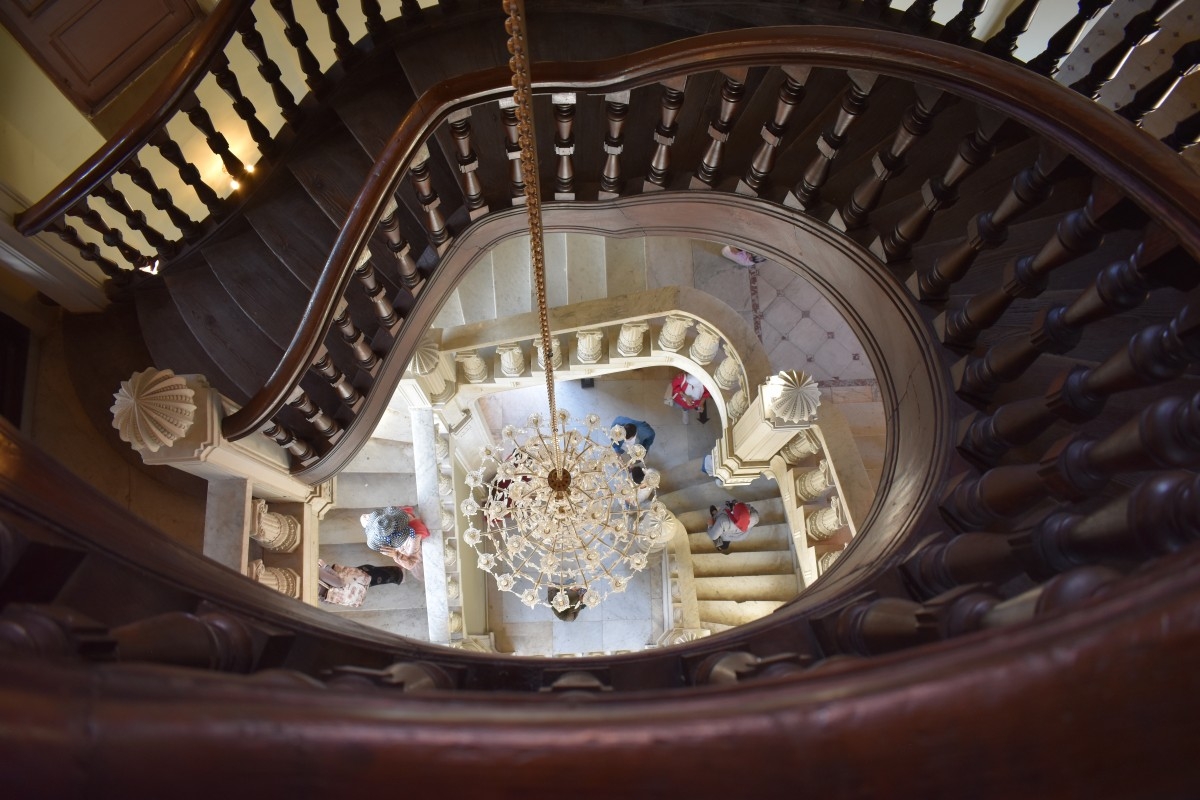
A millionaire and revered engineer, Empain travelled from India to Egypt, where in the early 20th century he decided to settle permanently. Empain, whose accolades included creating the Paris Metro, was awarded the title of baron by Belgian King Leopold II in honour of his achievements. The palace was one of the first in Egypt to use reinforced concrete. “The palace includes an electric lift, which was at the time still a novelty,” palace director Basma Selem told MEE. (Salwa Samir)
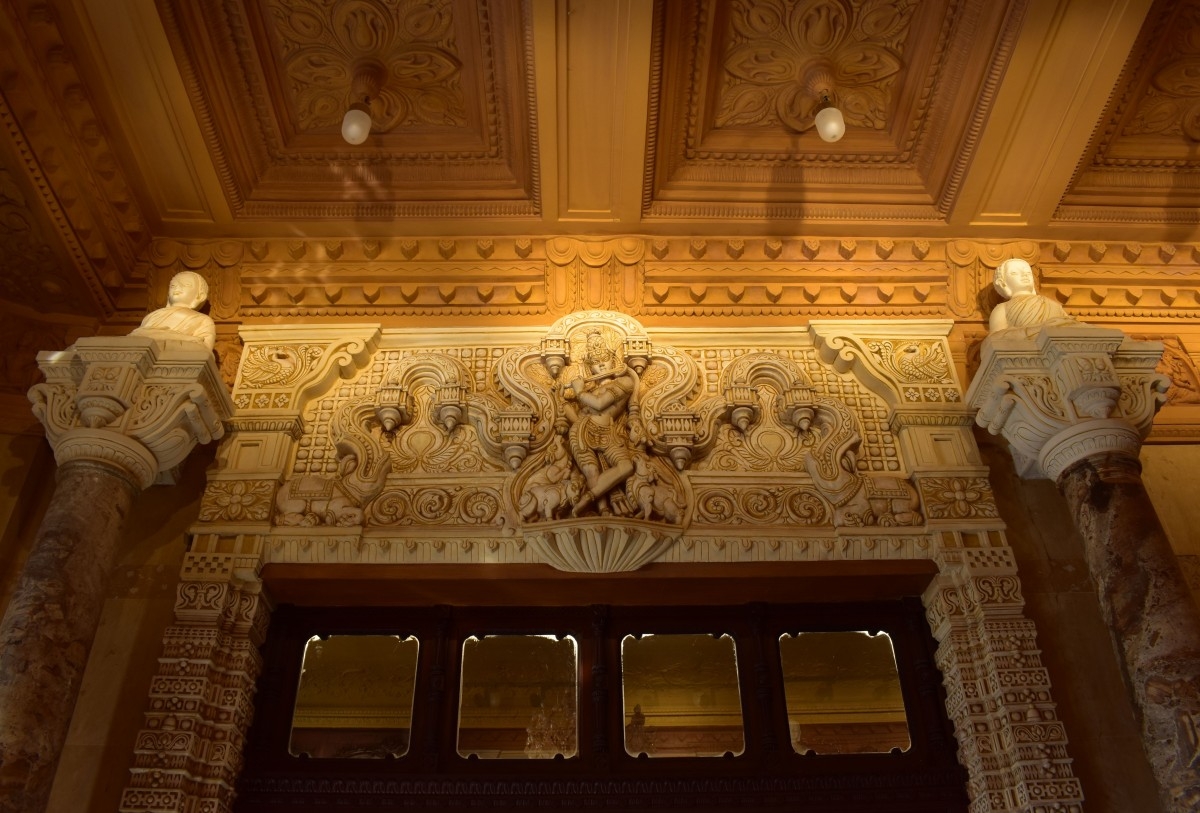
The ground floor consisted of three reception halls, whose decorative ceiling cornices were inspired by Greco-Roman mythology. Four living chambers were in the upper floors, designed in a mix of Rococo, Baroque and Islamic architectural styles, with a bathroom attached to each. Empain often held lavish parties on the roof, while the basement housed the kitchen and servants’ quarters. (Salwa Samir)

Designed by French architect Alexandre Marcel, the palace integrates decorative moulds inspired by Hindu and Buddhist legends on the exterior. A cast-reinforced concrete statue depicts the Yali (above), a mythical creature often found sculpted into the pillars of Hindu temples to protect against evil. Empain had been drawn to the exotic exhibits at the 1900 Paris Exposition, including the Cambodian pavilion and the Tour du Monde panorama that Marcel had designed. (Salwa Samir)

The 12,500 sq m palace remained in the possession of the Empain family until the 1950s, when it was sold at public auction. In 2005, the Egyptian government purchased it from the new owners in exchange for a plot of land in New Cairo. As part of the restoration, the building was painted in the original burnt sienna colour that had faded with time. (Reuters)
Top image: In 2005, the palace was bathed in light as part of centenary celebrations marking the founding of Heliopolis (AFP)
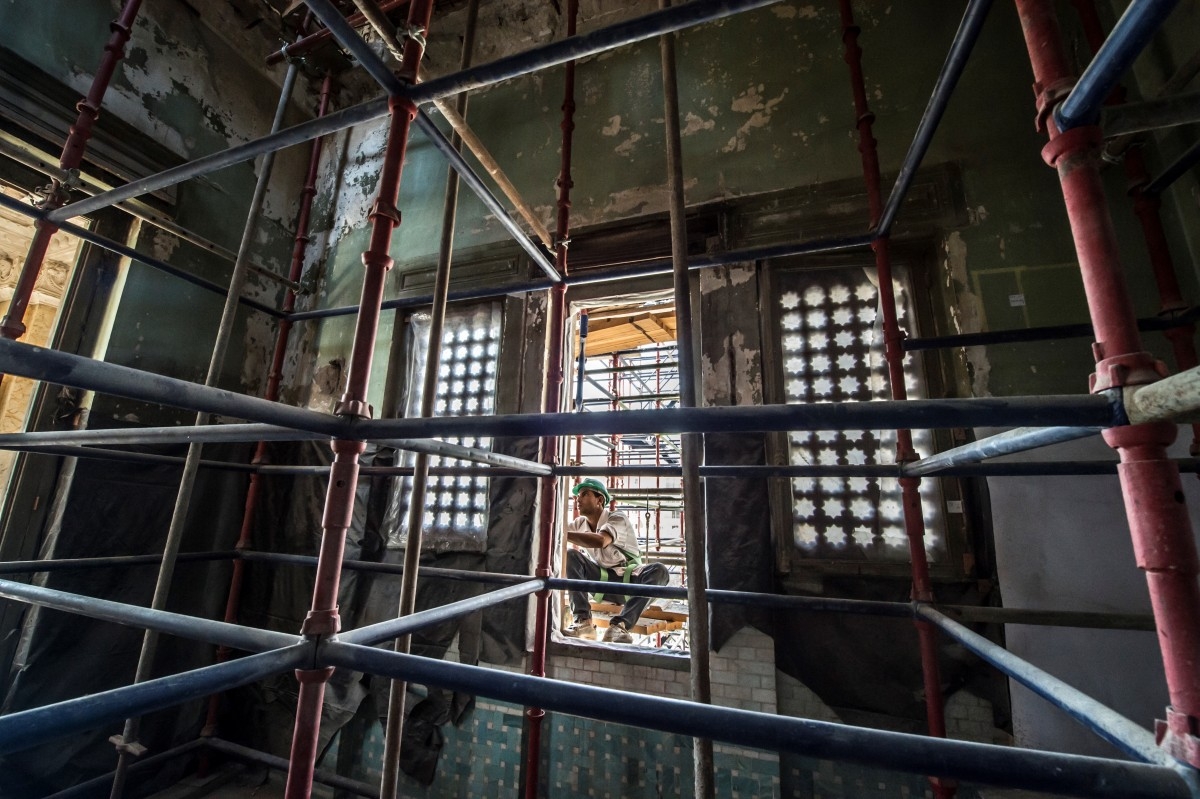
Palace director Basma Selem said that prior to mid-2017, the building had never been maintained or renovated. “The palace was in dire need of restoration,” she said. “The decoration of the entrance had fallen, the entire marble staircase inside and outside the palace was broken and parts of the ceilings had fallen as well.” (AFP)

“The glass windows of the palace were demolished, so unfortunately it was easy for pigeons and other birds as well as bats to nestle in every corner of the palace,” Selem added. Many precious items have been lost, including a heavy interior copper door inside. “Some of the European statues inside the garden of the palace were also broken.” (Reuters)
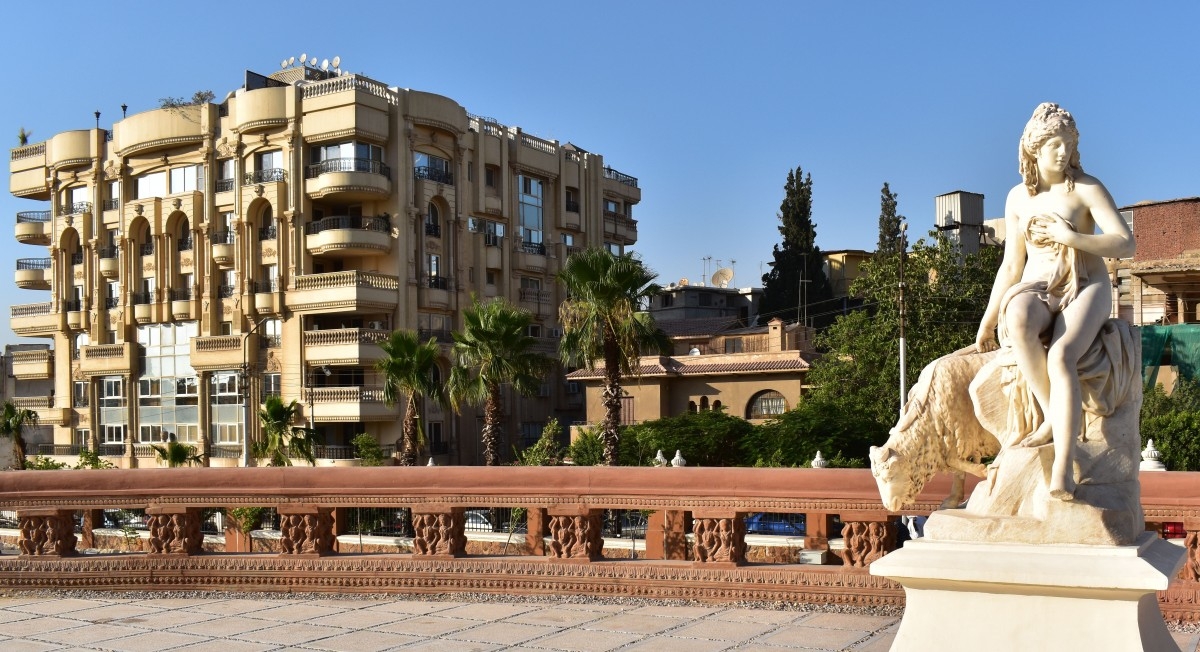
In the palace grounds are European-style marble statues from Greek and Roman mythology, including one depicting Narcissus by French architect Antoine-Martin Garnaud (1796-1861). An unsigned statue shows the nymph Amalthea (above), who in Roman mythology cared for the infant Jupiter, the king of the gods, who was in hiding from his father Saturn. It is a copy of a statue by French sculptor Pierre Julien (1731-1804) on display at the Louvre in Paris. (Salwa Samir)

Perhaps inevitably, the palace became subject to a number of myths and legends, including a popular story that it was haunted. “Visitors believe the palace was haunted by the spirit of the owner’s sister, whom they claimed had fallen down from the balcony and died, leaving her spirit in the palace,” Selem said. “They claimed that locals hear her screaming every night. These tales are nonsense, of course." Others claim a fire erupted one night in one of the palace rooms but was put out by some mysterious hand. (AFP)
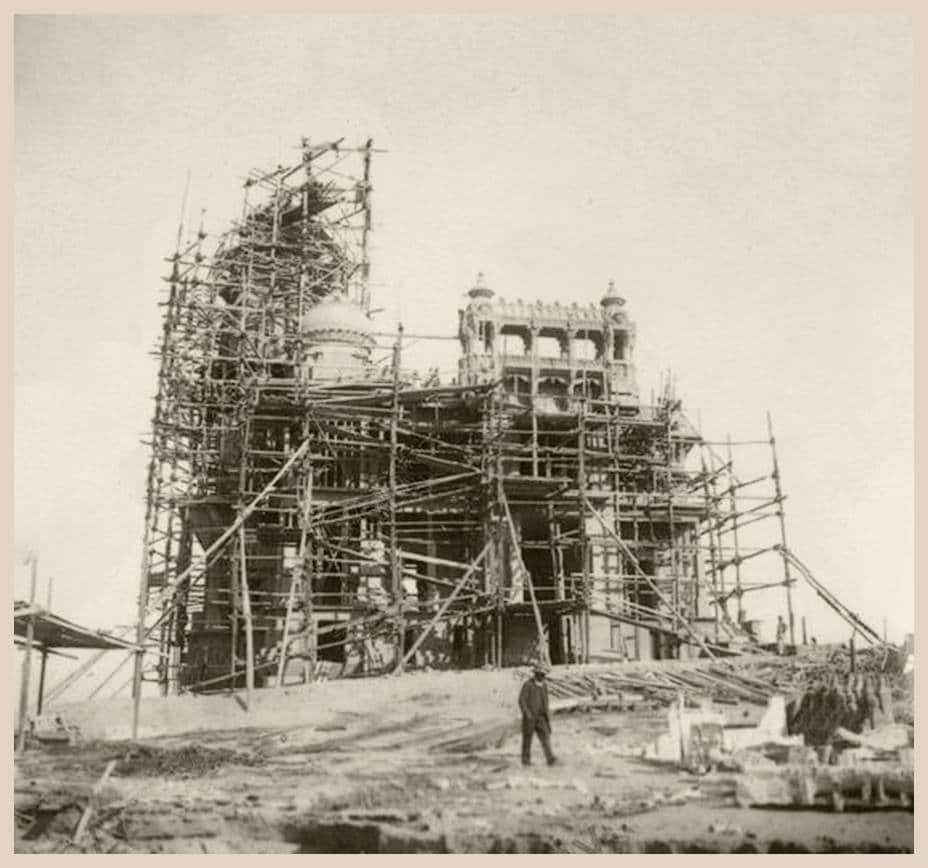
In 1894, Empain was granted the concession to build the first public tram network in Cairo. This led to his grand real estate project 10km northeast of central Cairo: Heliopolis, the name in Greek meaning the City of the Sun. In 1905, Empain and his business partner Boghos Nubar (1851-1930), the son of Egypt’s first Prime Minister Nubar Pasha, purchased the 2,500 hectares of desert to build Heliopolis, which Empain envisioned as a lush garden city in the midst of arid land. (HistoricCairo Facebook page)
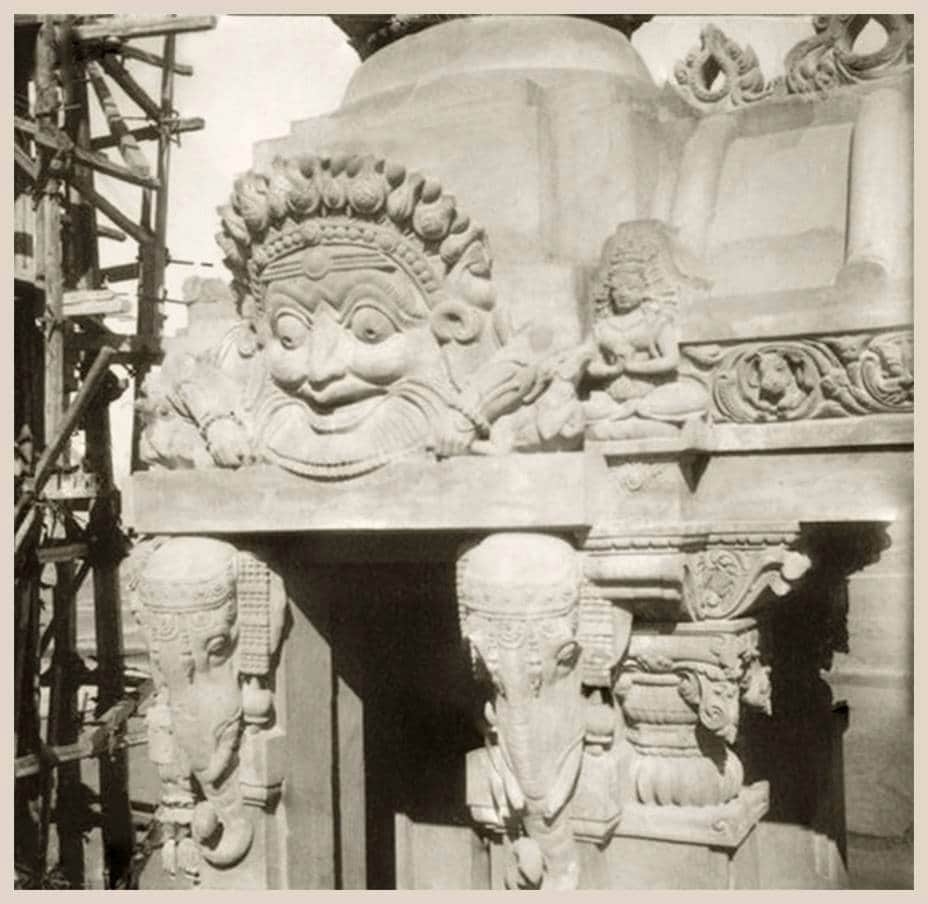
Gamal Abdel-Rehim, Professor of Archaeology and Islamic Arts at Cairo University, told MEE that the story of establishing Heliopolis in fact started in the 1860s, when Khedive Ismail Pasha (who ruled Egypt between 1863 and 1879) was fascinated by the modern city of Paris and dreamed of turning Cairo into a “Paris on the Nile”.
“By 1900, the Khedive succeeded in turning the historic and medieval Cairo into a new western-style downtown district through building an opera house, hotels, banks and department stores,” Abdel-Rehim said, adding that as Cairo became modern and thriving, its land prices became more expensive than those in Brussels and Paris: “For that reason, Empain had to buy cheap land in the barren desert. It was a wise decision." (HistoricCairo Facebook page)
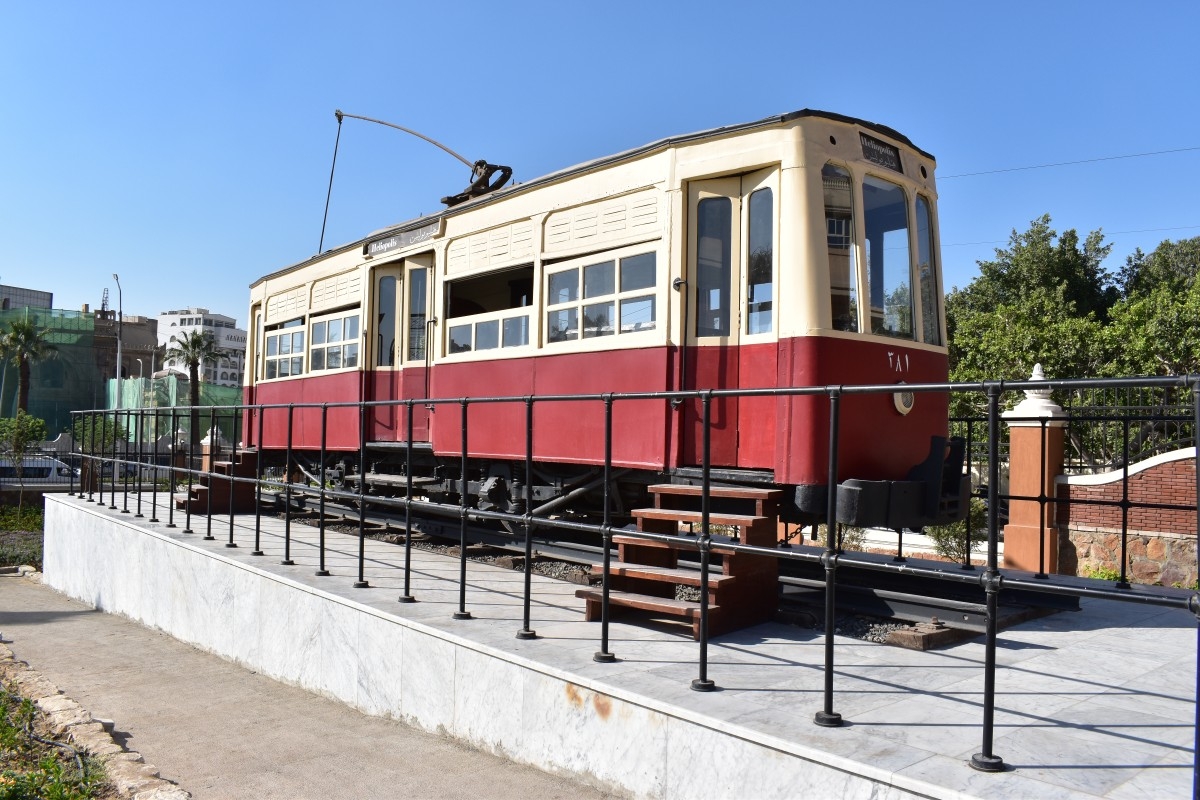
Belgian architect Ernest Jaspar (1876-1940) designed Heliopolis in a synthesis of Islamic, European, Persian and Moorish architecture. “He designed the district in broad avenues and equipped it with all conveniences and infrastructure such as water, drains, electricity, hotel facilities and even some recreational amenities like a golf course, racetrack and amusement park,” Abdel-Rehim said. Today, the new Baron Empain Palace includes an exhibit of this history of Heliopolis, including an old tram on display in the garden as well as two cars from the 1940s and 1950s. The district itself is no longer the serene haven Empain enjoyed, but it remains less populated and more affluent than the capital. (Salwa Samir)
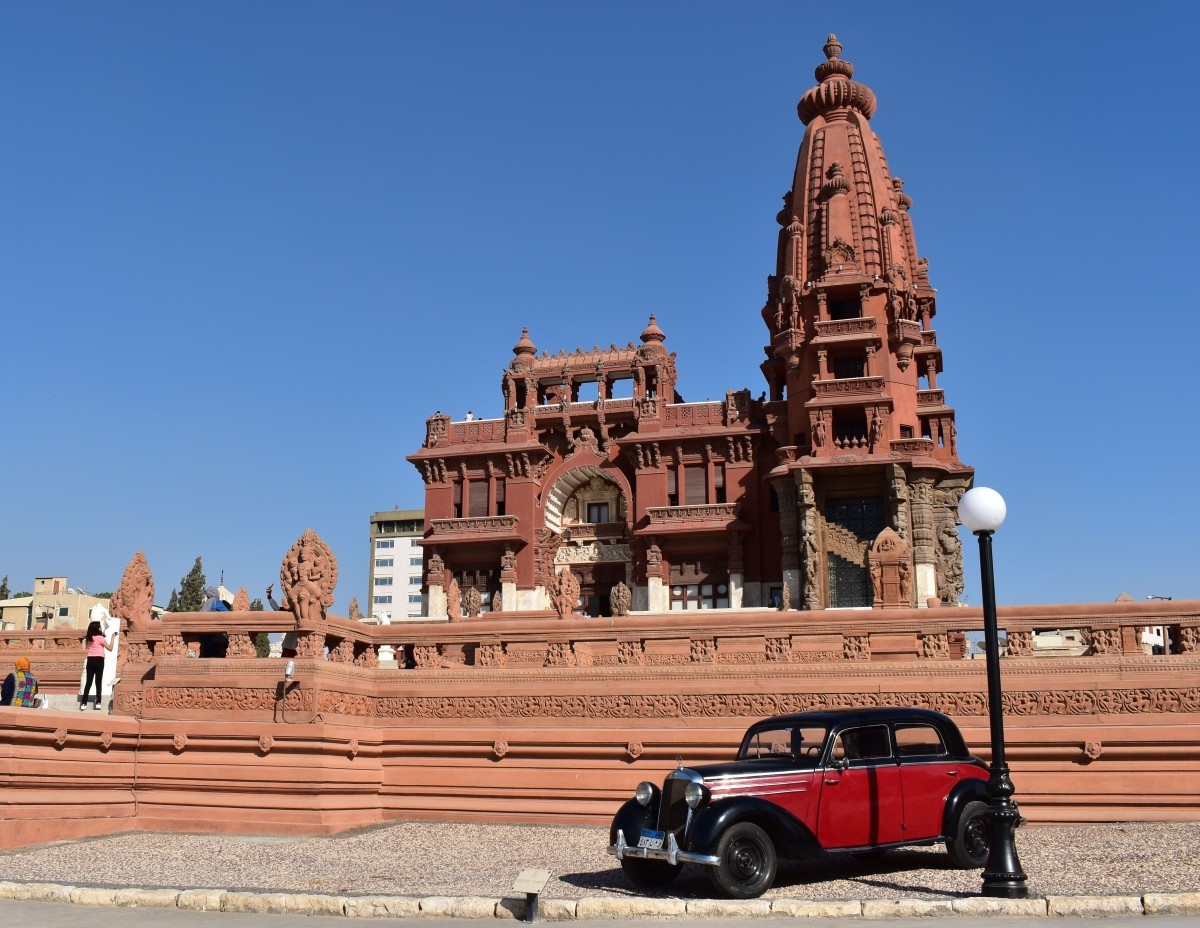
In 1929, Empain was buried at the Basilica Church of Heliopolis, which he had built near his palace - a testament to a lifetime of devotion to the country, says Abdel-Rahim. “Baron Empain loved Egypt. Generations of people celebrate his life by visiting the palace and other landmarks in his district," he said, "a witness of his achievement in the country.” (Salwa Samir)
This article is available in French on Middle East Eye French edition.
Middle East Eye delivers independent and unrivalled coverage and analysis of the Middle East, North Africa and beyond. To learn more about republishing this content and the associated fees, please fill out this form. More about MEE can be found here.


